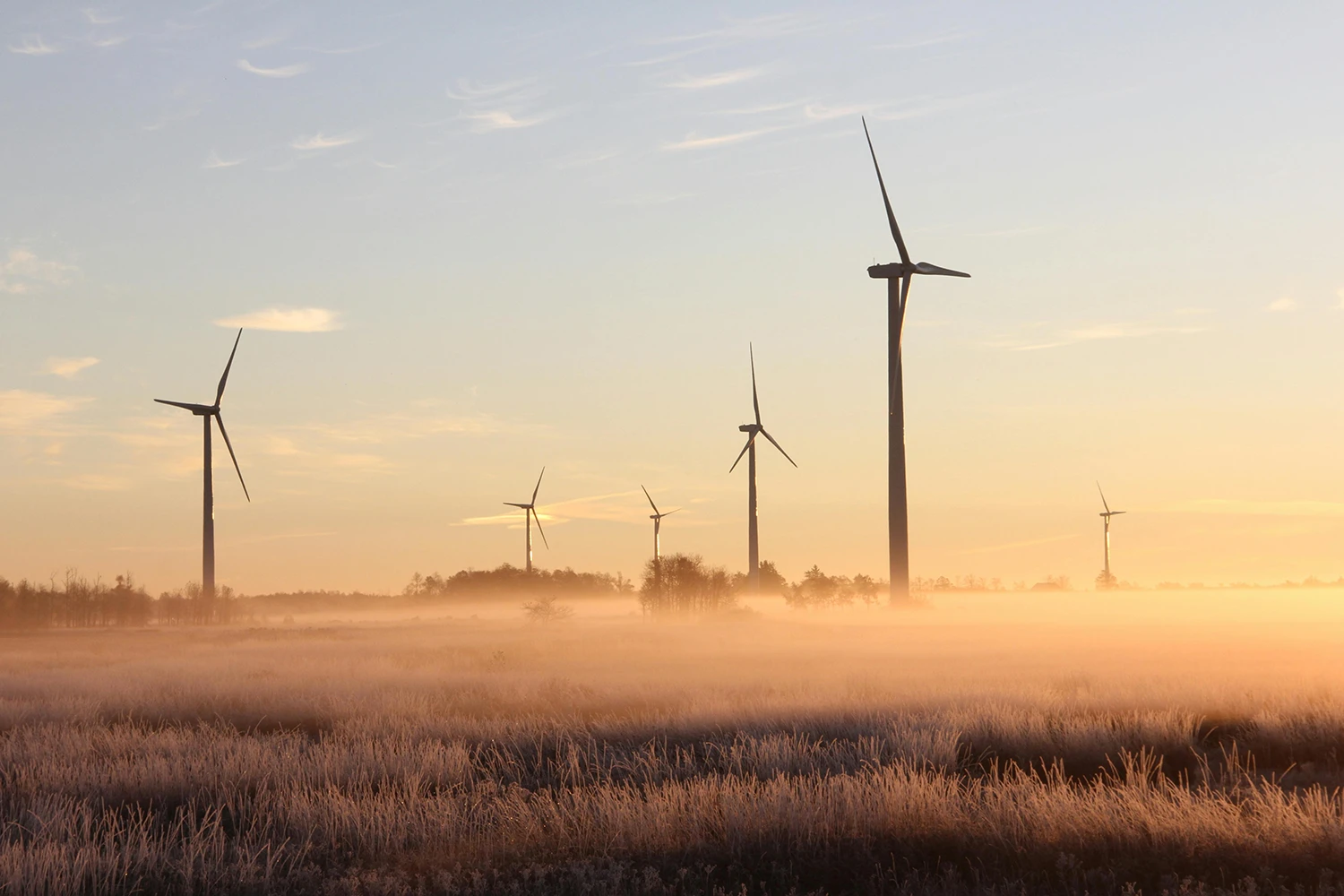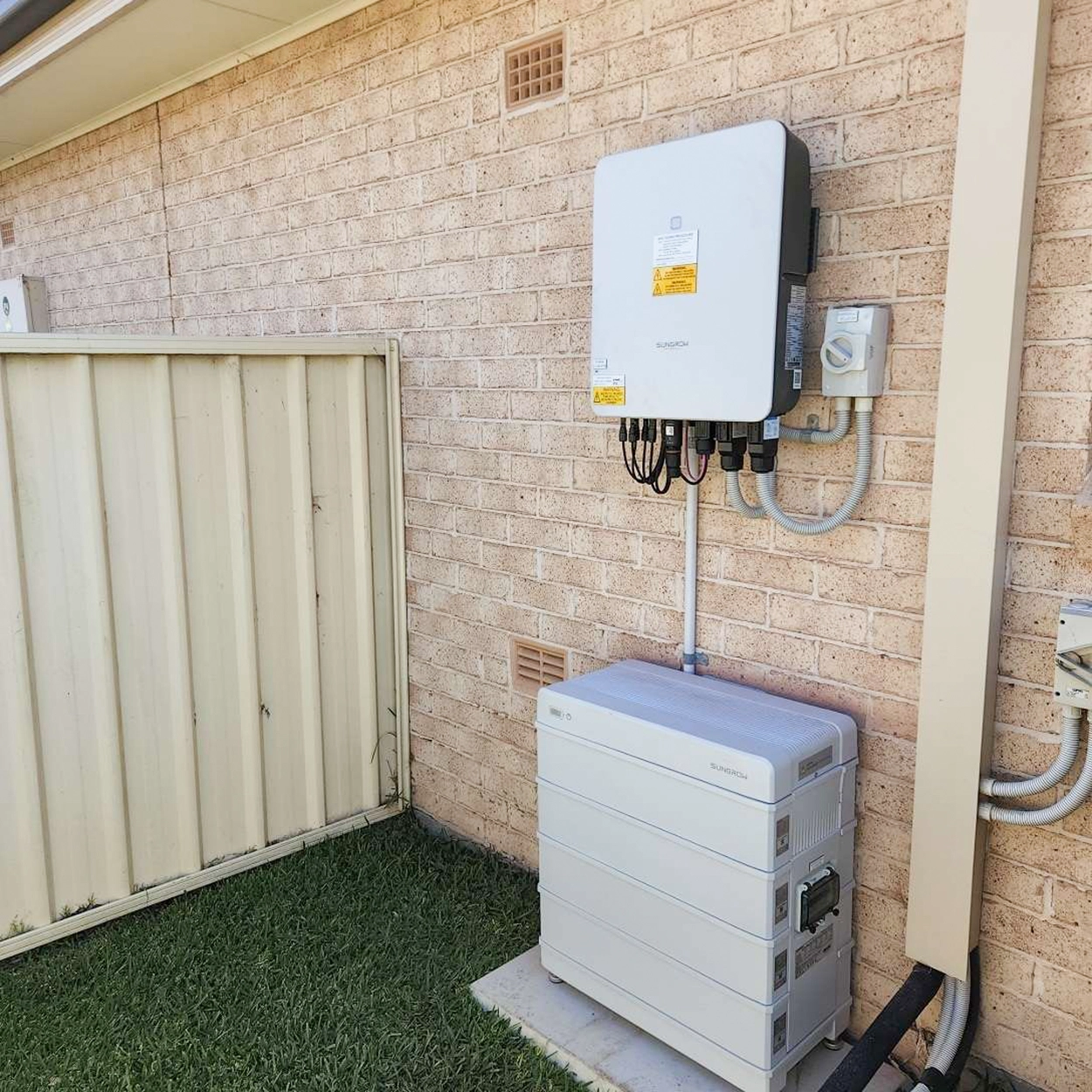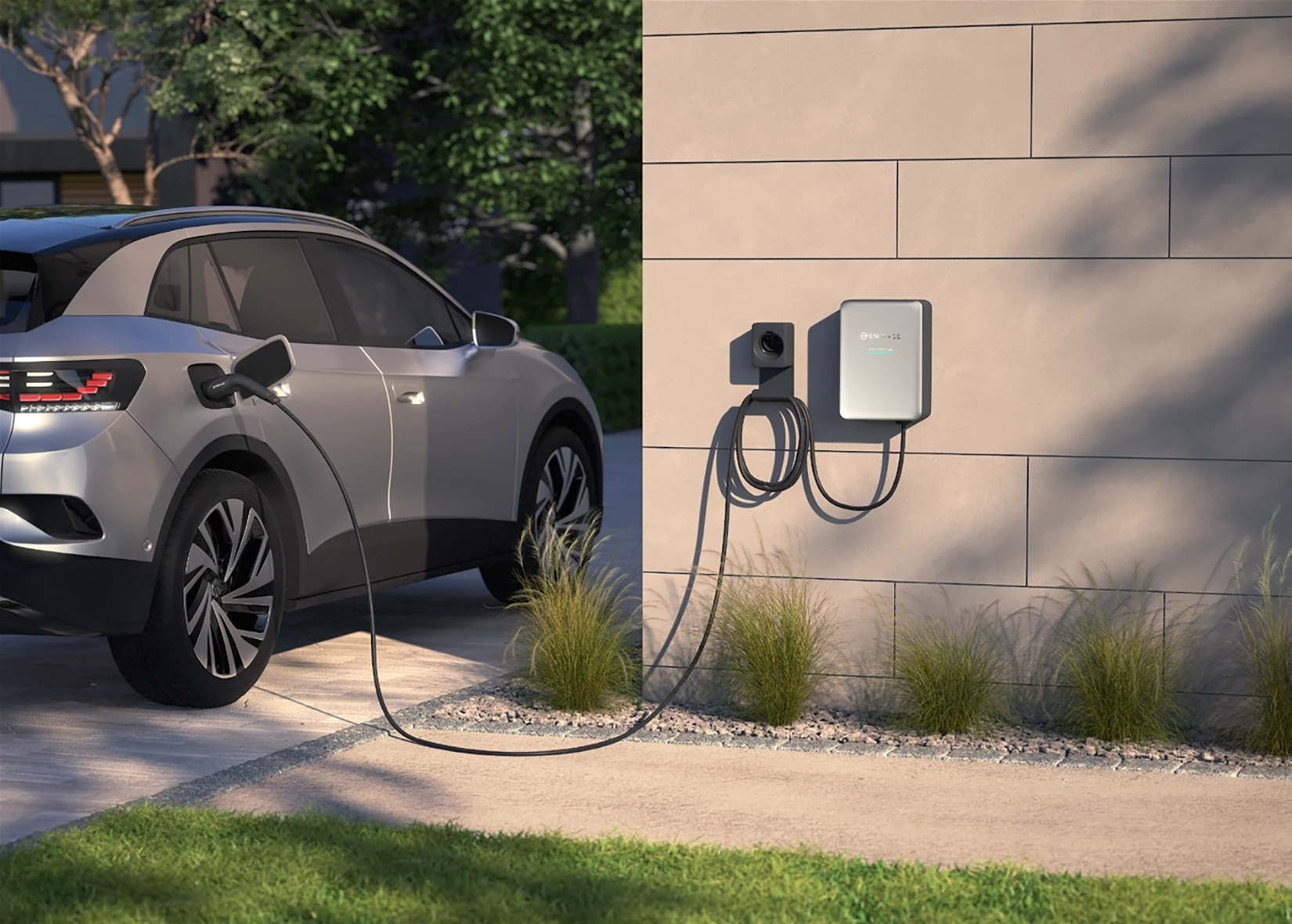The Federal Battery Rebate Incentive is Now Available
The Federal Battery Rebate Incentive is Now Available
Posted 30 May
Australia is currently undergoing a rapid transition into renewable energy, with the mass-adoption of solar and battery storage. But there is another rapidly growing industry that is mostly hidden... Microgrids & VPP’s.
With the evolving world of new energy technologies, we seem to have many abbreviations and titles popping up everywhere.
So, what is a Microgrid, VPP, or DER? Good news - it’s quite easy to get your head around.
A microgrid is a localised electrical system that can work independently (islanded), or along-side the main grid and usually involves a
mix of power sources such as solar and battery storage which can shift independently providing reliable power to properties.
Because you consume self-generated energy, you reduce the need for grid power, instantly lowering your bills.
A Virtual
Power Plant
is a decentralised collective of properties which individually produce and store energy (DER in the form of Solar and Battery).
This energy production and storage can be fed into the grid, supplementing grid imbalances which stabilises the electrical network,
whilst rewarding the participant.
Distributed energy resources generally refer to small-scale energy generation technologies located close to where it will be consumed. These resources include; solar, wind, battery storage, EV’s (through vehicle-to-grid), generators, and other various methods.
Distributed Energy Resource: Solar, Battery, or individual local energy production.
Both local, independent energy production and consumption.
Virtual Power Plant: Coordinates DER’s to supplement imbalances in the grid (Demand response).
Demand Response: Shifting energy for grid balance in high and low demand periods.
Whilst they sound similar there is a difference between Microgrid’s and VPP’s.
Microgrids are designed for local energy production and consumption with the owners prioritised, however whilst VPP’s also work on local energy production, they are designed to distribute and aggregate energy production into the grid for optimised grid efficiency and stability.
This essentially means that Virtual Power Plants aren’t a microgrid, but a microgrid could participate in a VPP.
Most homes with solar and a battery system are a microgrid, where the property creates and stores its own power through the day and continues to consume it when the sun is down. This system can proceed even through grid network outages, providing a reliable continuation of energy within that micro-grid.
One exception to VPPs not being able to provide energy to your home during power outages, is Amber Smartshift which by confusingly isn’t a VPP by definition, but also is, floats between being a microgrid and VPP, feeding into the grid.
A VPP is a program that you can sign up with your energy provider such as Amber. Each company will have various plans and offers through their own programs for you to join.
We created a whole article around VPPs, but in summary, they are designed for distribution flexibility in our geographical consumption, providing a quick solution for demand response and on-peak energy periods.
Say if you had solar and a battery and were a part of a VPP, this would allow the provider to take energy out to supplement the grid in high-peak periods, and sometimes even reward you to charge your battery when the grid is very low demand.


Demand response (DR) or Demand Management is a program in Australia that is used as an efficient way of providing flexible energy distribution to help with grid stability and reliability.
VPP customers can participate in shifting or reducing their electricity usage during peak periods for incentives, which plays a large part in balancing supply and demand in the electrical network.
Rely on local energy produced by your own system for optimal self-reliance.
Remove the strong reliance on grid energy consumption and save.
Save on your bills and quicken return-on-investment timeframes.
Rely on renewable energy to power your everyday life and lower your carbon footprint.
Scale to your requirements and enjoy a reliable backup storage system for grid outages.
Initially purchasing a system may be expensive, depending on the desired system.
Batteries can only store so much, so getting the right sized battery is important.
We seem to be seeing the term ‘AI powered’ thrown around everywhere at the moment, but that isn’t limited to phones. The energy grid is becoming smarter in the way it distributes power, with new algorithms and machine learning taking the wheel.
We see a future where using machine learning, the grid can remain flexible, both producing and consuming power where it is demanded, optimising the balance in the overall network.


So now that you know what these terms mean, what do they mean for Australia's Energy Management?
Australia has and still is taking advantage of the great opportunities we have in solar production all throughout Australia, but how will VPP’s and Microgrids change our energy ecosystem?
The National Energy Market (NEM) could stand to benefit greatly from VPP’s and Microgrids, as more and more homes adopt solar and battery storage systems, it reduces stress on the grid in peak demand periods (like a hot afternoon/night when everyone has their air conditioning on). If all properties were VPP’s or Microgrids, this would greatly reduce the overall grid demand as each property would be self-sufficient (in a perfect world).
Because Australia has such a large, diverse range of properties spread out across all the states, energy can be hard to distribute. In suburbs like Weilmoringle, energy can be quite scarce in a limited grid, but a microgrid installation can allow properties to be self-dependent in keeping the lights on, with excess energy being fed into the grid to help power other properties.
Australia are world leaders in rooftop solar energy which means that our existing renewable production is high. With the addition of
battery storage and VPP programs, this would stabilise our energy through the nights, and allow for more efficient demand response
resulting in fewer grid outages.
Whilst we have strong production through the day, we are still highly reliant on grid energy at night when the sun is down. Battery
systems in a VPP would help supplement the grid with renewable energy 24/7.
As Australians continue to adopt Solar and Battery systems, Microgrids will continue to be formed all over the country. We are seeing a
rapid adoption in the Newcastle and Hunter region Renewable Energy Zone (REZ), which is all contributing to the NetZero 2030 goal.
Services like VPP’s will allow for greater returns on energy systems, encouraging more participants to join the network. This will be an
integral part in allowing for all properties to be powered by renewable energy.
We are seeing a world where everything is being integrated with everything, including our energy.
Companies all over the world like Tesla, are evolving the way we produce, consume, and store energy with completely integrated systems,
and with the addition of putting all these integrated energy management systems into a big, decentralised network, we see a huge
opportunity for energy security and greatly reduced reliance on fossil fuels.
Because of the trend in electric vehicle adoption, we are seeing a huge number of EV Chargers being installed as Australia upgrades its overall refuelling infrastructure to accommodate the uptake.
The supply of chargers is one side of the challenge, where the other side is finding the energy to charge the vehicles with. Most people charge their electric vehicles when they get home from work, which is just before or a little after the sun goes down – meaning they can’t charge straight from solar panels.
This is where battery storage and being a microgrid comes into play. Because you are storing renewable energy in your battery, you can use the solar energy stored to charge your battery. You can alternatively charge your EV during the night when low tariffs are available.

This is where battery storage and being a microgrid comes into play. Because you are storing renewable energy in your battery, you can use the solar energy stored to charge your battery. You can alternatively charge your EV during the night when low tariffs are available.
From the other perspective, vehicle-to-grid could play a significant role in Virtual Power Plants and Microgrids where the vehicle’s battery
could act as a mobile home battery (V2H) and feed into the grid (V2G), providing further stability.
As solar and battery installers, we are seeing innovations everywhere, combined with rapid adoption, industry wide. The continual release and adoption of Microgrids and VPP’s clearly indicate that we are undoubtedly heading towards this kind of future for our energy.
The combination of Australian renewable energy sources, as well as innovative and futuristic systems like Vehicle-to-grid, Smart Grids etc. which all contribute to Australia’s transition to a sustainable future.
Whilst we are in the transition, it’s hard to identify main trends that will surface, but right now we see a great opportunity for solar and battery adoption for homes and businesses, as well as VPP programs like Amber.

Explore upcoming & available bidirectional V2G-capable chargers in Australia from V2Grid, RedEarth, Sigenergy, Enphase, Tesla, and Fronius EV charging.

Compare the difference between Sungrow's SBH and SBR battery storage vs. BYD Battery-Box and find what battery is better for homes or businesses in NSW.
Leave a Comment